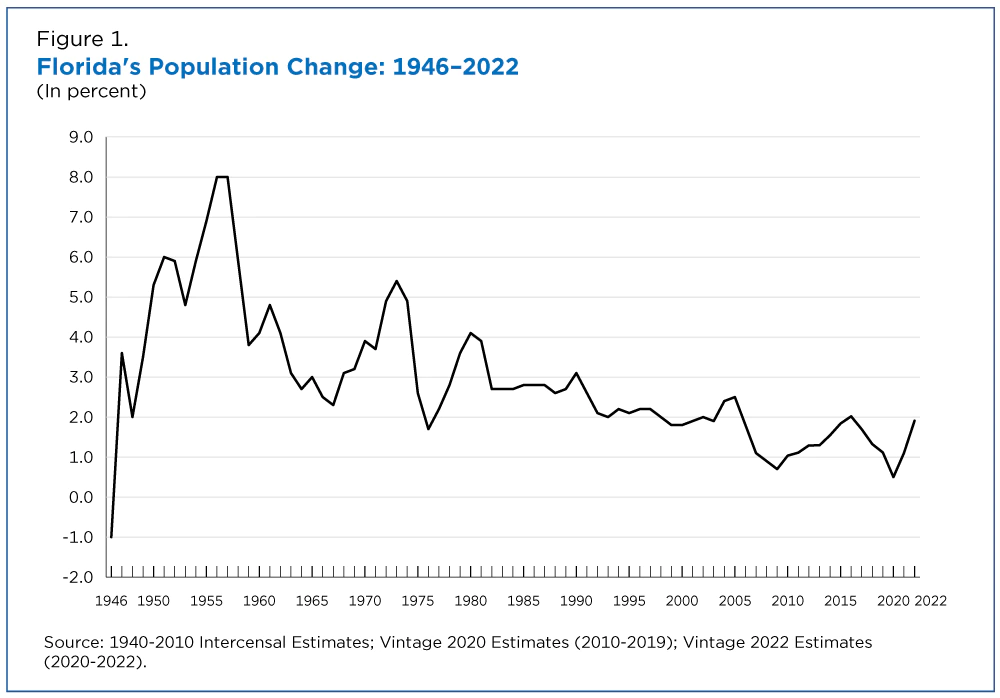The pew article Economy Remains the Public’s Top Policy Priority; COVID-19 Concerns Decline Again (2/6/23) provides the graph here. The three biggest gaps:
The largest gaps between Republicans and Democrats are on protecting the environment and dealing with global climate change. Two-thirds of Democrats say environmental protection should be a top priority, compared with 20% of Republicans. Similarly, 59% of Democrats say this about climate change versus just 13% of Republicans.
Democrats also are much more likely than Republicans to prioritize addressing issues around race (49% top priority among Democrats vs. 13% among Republicans)
One might expect that the biggest gaps would come in categories where one group is very positive and the other not and it does for the top category of protecting the environment (67-20). Interesting though the third biggest gap on issues around race does not even get a majority on the top group (Dems at 49%). What about the smallest gap where the low group is still above 50%? Reducing the influence of money in politics (55-63).
There are other breakdowns in the article including by race and by age. Great quantitative literacy article. There is also a methodology








